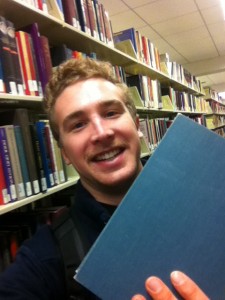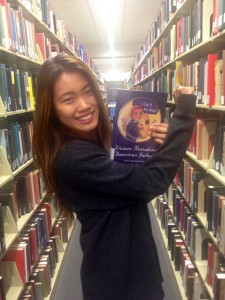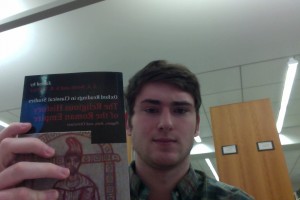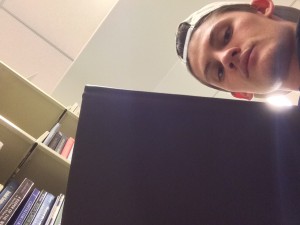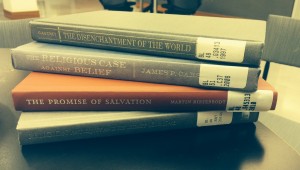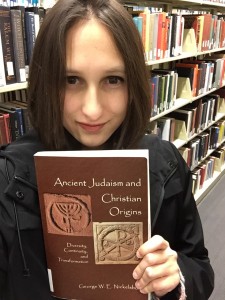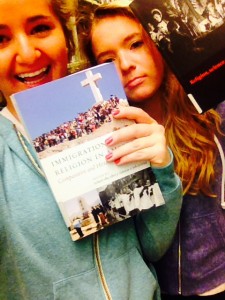Religion and Democracy in the United States: Danger or Opportunity?, ed. Alan Wolfe & Ira Katznelson (New Jersey: Princeton University Press, 2010)
When I began my search for a book I used the library catalogue and looked up “Christianity” and “politics”. Since I was brought up as a Christian and more specifically catholic, I wanted to get a better understanding of the religious group that I associate with. Also as a Government and Law major and just from watching the news I knew that politics and Christianity in America is a very big issue. The book that I found to be most interesting and relevant was Religion and Democracy in the United States: Danger or Opportunity? The book was published in 2010 so it is fairly recent and is relevant to issues that are presently ongoing.
With a picture of both a Bible and the Declaration of Independence on the cover it highlights on of the many issues that religion and specifically Christianity has faced in the United States and that is separation of church and state. While looking through the book I saw some other interesting topics which may help me in writing my paper. One of these topics was about how religion can affect how a person will vote. Certain religious beliefs have lined up with different political groups. This can been seen in people who feel very strongly making abortions illegal. Many of these people feel this way due to their religious beliefs, which then sets them up to become a supporter of the Republican Party. Although there is a separation of church and state, religion plays a very large role in shaping American politics and democracy.
What I like about the book is that it contains many different authors and editors. Many different people write each section and chapter, which gives a range of viewpoints and opinions on the issue. It is also broken down into many sections that allows for the reader to focus in on the specific topic that they want to research. I will most likely find a way to use this book when I begin research on the upcoming paper.
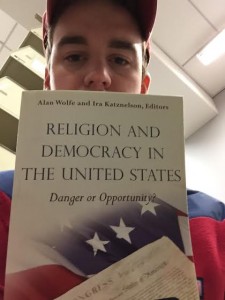
![IMG_0167[1]](http://sites.lafayette.edu/rel101-02-fa14/files/2014/11/IMG_01671-e1416253544334-225x300.jpg)
